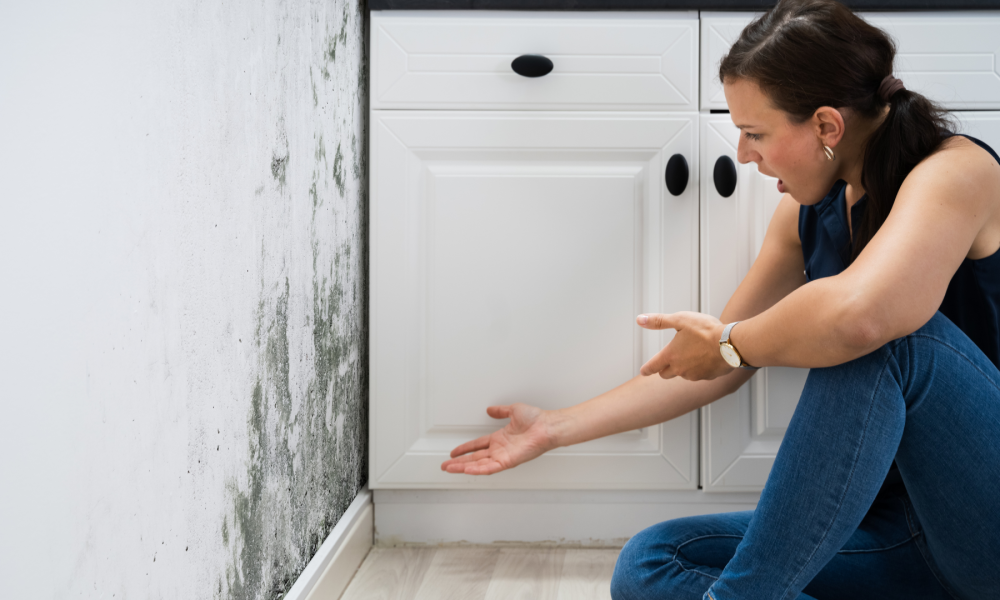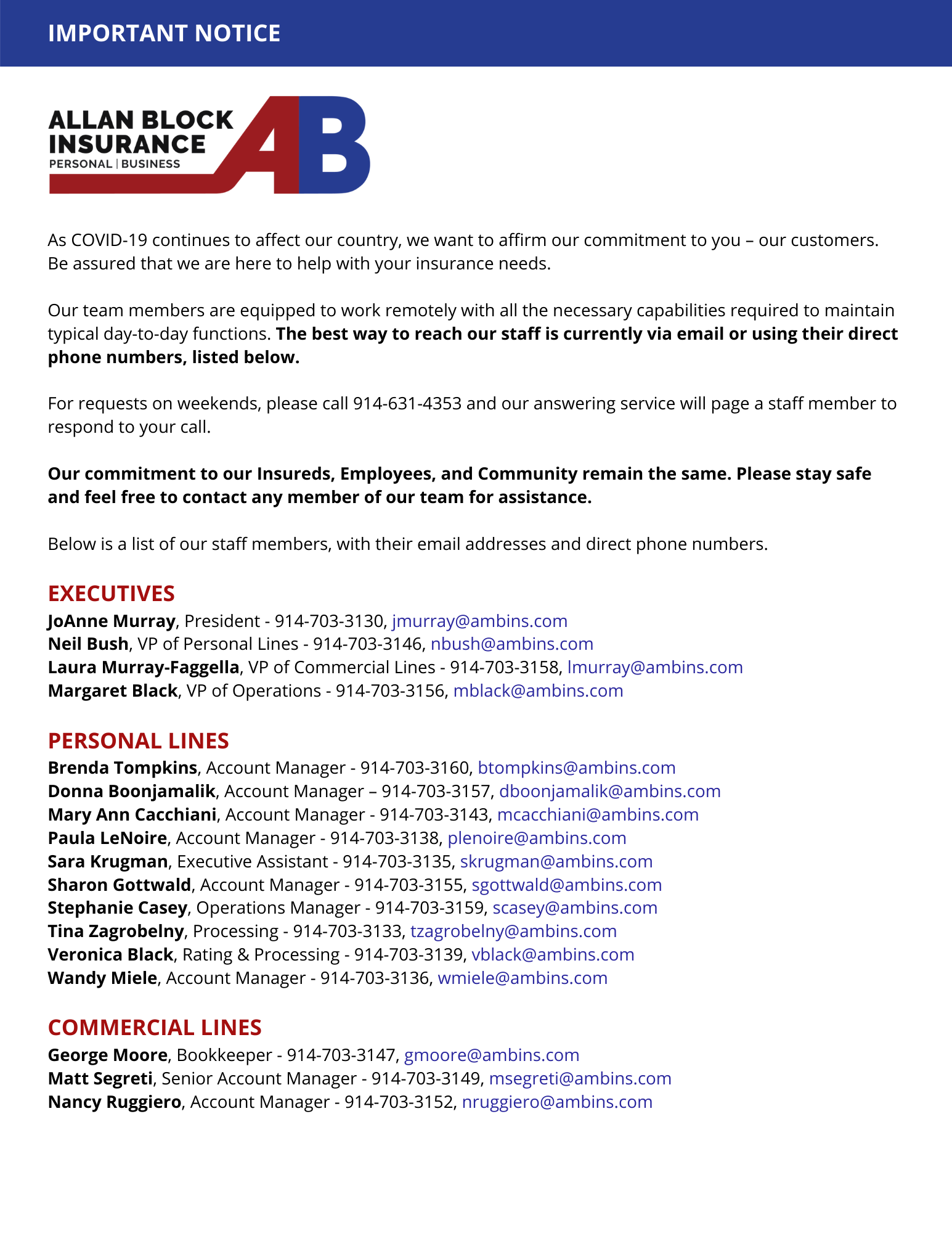Mold is a perennial problem for homeowners and, if left untreated, can cause health problems for members of your family.
People exposed to mold on a daily basis can have a number of reactions, including:
- Asthma
- Eye irritation
- Itchy skin
- Sneezing and runny nose
- Coughing and sore throat.
While these symptoms can be signs of other health issues, if you have a mold infestation they would likely be more pronounced in evenings and mornings and on weekends, when are you are more likely to be spending time at home.
If mold is left untreated, affected areas also need to be scrubbed and it can affect the value of your home if you plan to sell it at some point.
But there are steps you can take to reduce the chance of mold building up in your home. And if you do have mold, your insurer may cover cleanup unless you haven’t been diligent about upkeep.
When insurance covers mold remediation
Your insurer will provide coverage if the source of the mold is a peril already covered in your homeowners’ policy, such as water damage.
Some examples of when coverage would kick in:
- Your water heater breaks and the water leaks out. The moisture eventually allows black mold to flourish on the walls near the unit.
- You have a fire in your kitchen and firefighters extinguish it with water. A few months later, mold starts growing.
- Your washing machine breaks and floods the laundry room. Even though you clean it up and replace the machine, moisture persists behind the baseboards and mold begins to grow.
Mold is not covered if you’ve failed to maintain your home or neglected to fix issues like a leaky shower or faucet for years – or if a non-covered event like flooding hits your home.
The average cost of remediating mold damage runs between $15,000 and $30,000, according to the Insurance Information Institute. Some policies will limit what they pay, so make sure to read the fine print of yours to see how much coverage you have.
If you suffer water damage from a burst pipe or other mishap, make sure to keep records and photographs of all damaged areas so you have proof if you need to file a mold claim later.
If you do discover mold, take the following steps:
- Call us or your insurance company. The insurer will send out an adjuster to assess the damage and make an estimate of the cost to repair the damage.
- Since mold thrives in wet and or moist conditions, open a window or run a dehumidifier or fan in the room to dry it out as much as possible. This can slow the growth of mold.
- Don’t clean any of the mold off the walls.
- Take pictures of all damaged areas and any property or furniture that has been damaged by the mold. If you had a prior leak that ended up causing the mold growth, hopefully you took photos and documented the damage, which you can use to support your claim.
- If you had a prior event like a burst pipe, use your records to support the argument that the mold is related to your initial water damage claim and that the two events are therefore part of the same claim. That way you won’t be subject to having to pay a deductible on two claims, when they should be treated as one.
Prevention
The key to avoiding mold in the first place is prevention and basic upkeep. That means fixing any leaks immediately when you notice them. And if you live in a humid area, you can install dehumidifiers in your home or regularly run your air conditioners during the most humid times.
Other steps you can take:
- Install exhaust fans in kitchens and bathrooms.
- Avoid installing carpets in damp areas like basements or bathrooms.
- Don’t allow water to accumulate under house plants.
- Regularly clean out your gutters.



